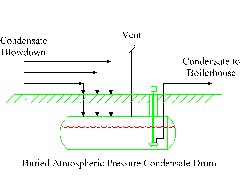Steam Systems: Simple Solutions Can Prompt Complex Problems
Related Steam Solutions Content
Over time what seems like a simple solution to a problem often evolves into a larger predicament. Accumulated shortcuts metastasize into major difficulties. In complex plants many of these larger problems ultimately appear in utility systems. Steam systems, in particular, often attract simple solutions and then, because of them, suffer serious troubles.Consider what befell a large site that originally had conventional condensate handling. As plant operations pushed capacity, lots of services had difficulty in keeping the condensate at high enough pressure to return it to the boiler house. So, many steam exchangers dumped condensate to the concrete pads in the units. In winter the condensate froze, turning large areas of the site into skating rinks. Something had to be done — so the plant installed a fourth, low-pressure condensate system.
